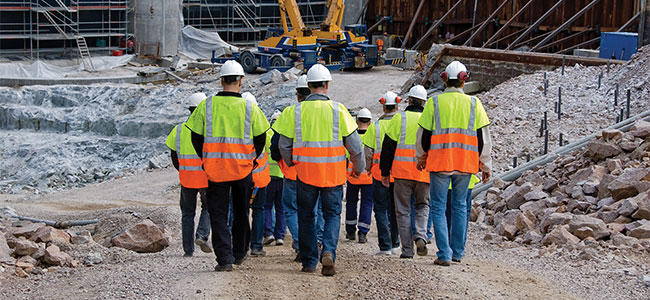
Lessons from Construction Safety’s Constant Change
Managing uncertainty is a given in construction—safety professionals everywhere should take note.
In construction safety, one thing is certain: there’s a lot of uncertainty. Every worksite presents a constantly evolving array of hazards, which means the risk of injury is constantly fluctuating, and there’s rarely enough time or logistical ability to conduct more than the mandatory baseline safety training.
Every single industry has to contend with real-time shifts in risk, but construction companies have to deal with the problem on an entirely different level. For them, change isn’t just one of many safety challenges—it is, in many ways, the safety challenge.
A year ago, in an OH&S column about the changing nature of construction employment trends, I noted that even “the wake of the construction industry’s turbulent employee turnover patterns” can lead to notable safety concerns. That’s just as true today.
If change is the only constant, then construction sites require safety interventions that do double or even triple duty, ones that can nudge workers to be more attentive to their personal safety no matter what tool they’re using or piece of equipment they’re operating. The level of variability in construction obviously requires attention to OSHA requirements, hierarchy of controls and building strong systems. What makes these and other construction safety interventions more resilient to change? There are three major hallmarks of an intervention’s ability to ride the fluctuating waves of risk. And while they’re most applicable to construction sites, these types of interventions are more likely to have staying power in almost any industry.
Flexibility
The work that construction employees are tasked with can change from day to day. Sometimes, from hour to hour. And every task has its own dangers that require different methods of mitigation. The most essential safety skills on a construction site are ones that are flexible, in that they apply to many different situations.
Forklift certification is valuable, but only when workers are using a forklift. Contrast that with a more flexible safety skill such as the ability to recognize human factors like rushing and then respond accordingly. In this case, the worker is more likely to operate a forklift at safe speeds. And then, a few hours later, the worker is less likely to multi-task, take a safety shortcut or hurry while using power tools.
This article originally appeared in the February/March 2024 issue of Occupational Health & Safety.